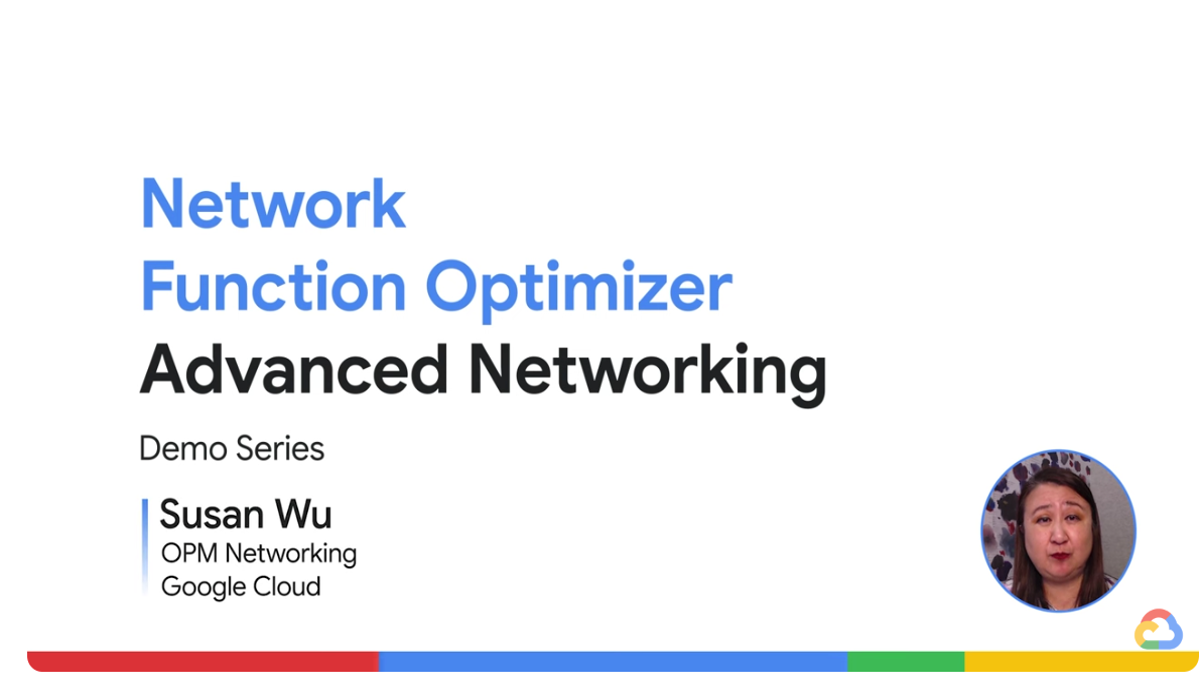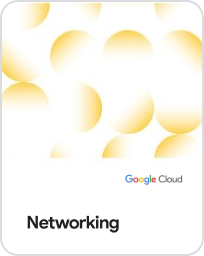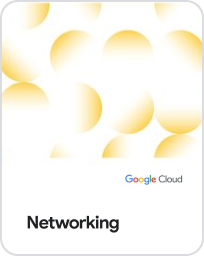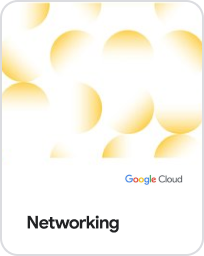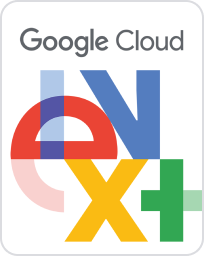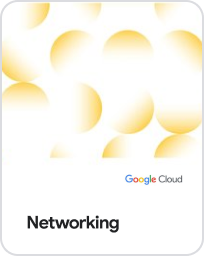Virtual Private Cloud (VPC)
Global virtual network that spans all regions. Single VPC for an entire organization, isolated within projects. Increase IP space with no downtime.
New customers get $300 in free credits to spend on VPC.
Start using VPC networks with these how-to-guides
Network of 40 regions, 121 zones, presence in 200+ countries and territories, and 3.2 million kilometers of terrestrial and subsea fiber
Use a single VPC to span multiple regions without communicating across the public internet
Learn more about what customers are saying about Google VPCs
Key features
Key features
VPC network
VPC can automatically set up your virtual topology, configuring prefix ranges for your subnets and network policies, or you can configure your own. You can also expand CIDR ranges without downtime.
VPC Flow Logs
VPC Flow Logs capture information about the IP traffic going to and from network interfaces on Compute Engine. These logs help with network monitoring, forensics, real-time security analysis, and expense optimization. VPC Flow Logs are updated every five seconds, providing immediate visibility, and can be quickly and easily visualized with Flow Analyzer.
VPC Peering
Configure private communication across the same or different organizations without bandwidth bottlenecks or single points of failure.
Shared VPC
Configure a VPC network to be shared across several projects in your organization. Connectivity routes and firewalls associated are managed centrally. Your developers have their own projects with separate billing and quotas, while they simply connect to a shared private network where they can communicate.
Bring your own IPs
Bring your own IP addresses to Google’s network across all regions to minimize downtime during migration and reduce your networking infrastructure cost. After you bring your own IPs, Google Cloud will advertise them globally to all peers. Your prefixes can be broken into blocks as small as 16 addresses (/28), creating more flexibility with your resources.
What's new
What's new
Sign up for Google Cloud newsletters to receive product updates, event information, special offers, and more.
Documentation
Documentation
Using VPC
Virtual Private Cloud documentation, how-to-guides, and support.
Creating a virtual private network (VPN)
How-to-guides, tutorials, and other support to create a VPN.
Extend your on-premises network to Google with Interconnect
Learn how to use Dedicated Interconnect to connect directly to Google or use Partner Interconnect to connect to Google through a supported service provider.
Google Cloud Skills Boost: Networking in Google Cloud
A two-day class giving participants a broad study of networking options on Google Cloud in addition to common network design patterns and automated deployment.
Not seeing what you’re looking for?
All features
All features
| VPC network | VPC can automatically set up your virtual topology, configuring prefix ranges for your subnets and network policies, or you can configure your own. You can also expand CIDR ranges without downtime. |
| VPC Flow Logs | VPC Flow Logs capture information about the IP traffic going to and from network interfaces on Compute Engine. These VPC flow logs help with network monitoring, forensics, real-time security analysis, and expense optimization. VPC Flow Logs are updated every five seconds, providing immediate visibility, and can be quickly and easily visualized with Flow Analyzer. |
| Bring your own IPs | Bring your own IP addresses to Google’s network across all regions to minimize downtime during migration and reduce your networking infrastructure cost. After you bring your own IPs, Google Cloud will advertise them globally to all peers. Your prefixes can be broken into blocks as small as 16 addresses (/28), creating more flexibility with your resources. |
| VPC Peering | Configure private communication across the same or different organizations without bandwidth bottlenecks or single points of failure. |
| Firewall | Segment your networks with a globally distributed firewall to restrict access to instances. VPC Firewall Rules Logging lets you audit, verify, and analyze the effects of your firewall rules. It logs firewall access and denies events with the same responsiveness of VPC flow logs. |
| Routes | Forward traffic from one instance to another instance within the same network, even across subnets, without requiring external IP addresses. |
| Shared VPC | Configure a VPC network to be shared across several projects in your organization. Connectivity routes and firewalls associated are managed centrally. Your developers have their own projects with separate billing and quota, while they simply connect to a shared private network, where they can communicate. |
| Packet mirroring | Troubleshoot your existing VPCs by collecting and inspecting network traffic at scale, providing intrusion detection, application performance monitoring, and compliance controls with Packet Mirroring. |
| VPN | Securely connect your existing network to a VPC network over IPsec. |
| Private access | Get private access to Google services, such as storage, big data, analytics, or machine learning, without having to give your service a public IP address. Configure your application’s front end to receive internet requests and shield your backend services from public endpoints, all while being able to access Google Cloud services. |
| VPC Service Controls | Mitigate data exfiltration risks by enforcing a security perimeter to isolate resources of multi-tenant Google Cloud services. Configure private communications between cloud resources from VPC networks spanning cloud and on-premise deployments. Keep sensitive data private and take advantage of the fully managed storage and data processing capabilities. |
Pricing
Pricing
Pricing for VPC is based on data transfer, data leaving a Google Cloud resource, such as a VM.
To get a custom pricing quote, connect with a sales representative.
If you pay in a currency other than USD, the prices listed in your currency on Google Cloud SKUs apply.
Take the next step
Start building on Google Cloud with $300 in free credits and 20+ always free products.
Need help getting started?
Contact salesWork with a trusted partner
Find a partnerContinue browsing
See all products
